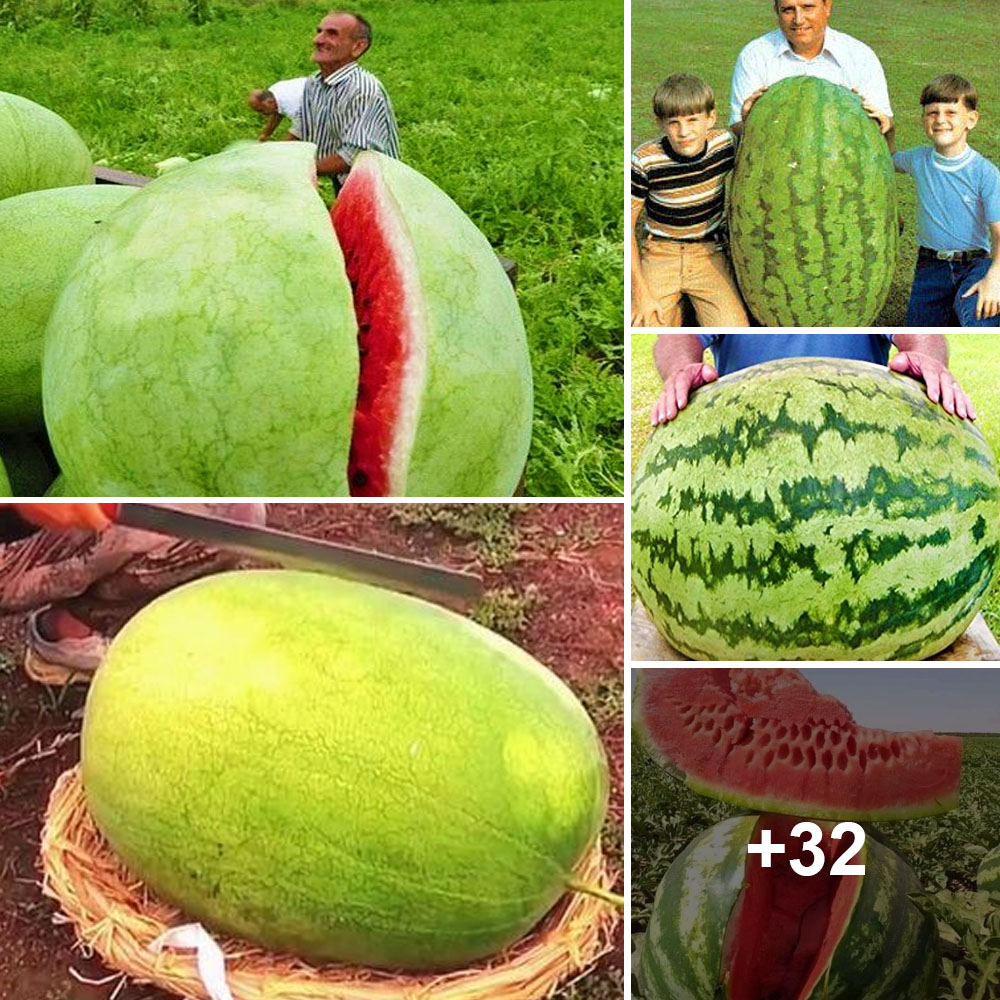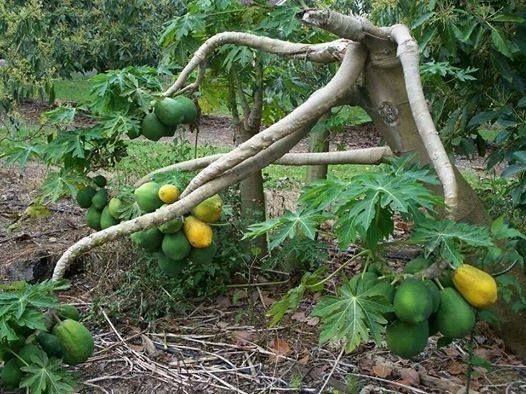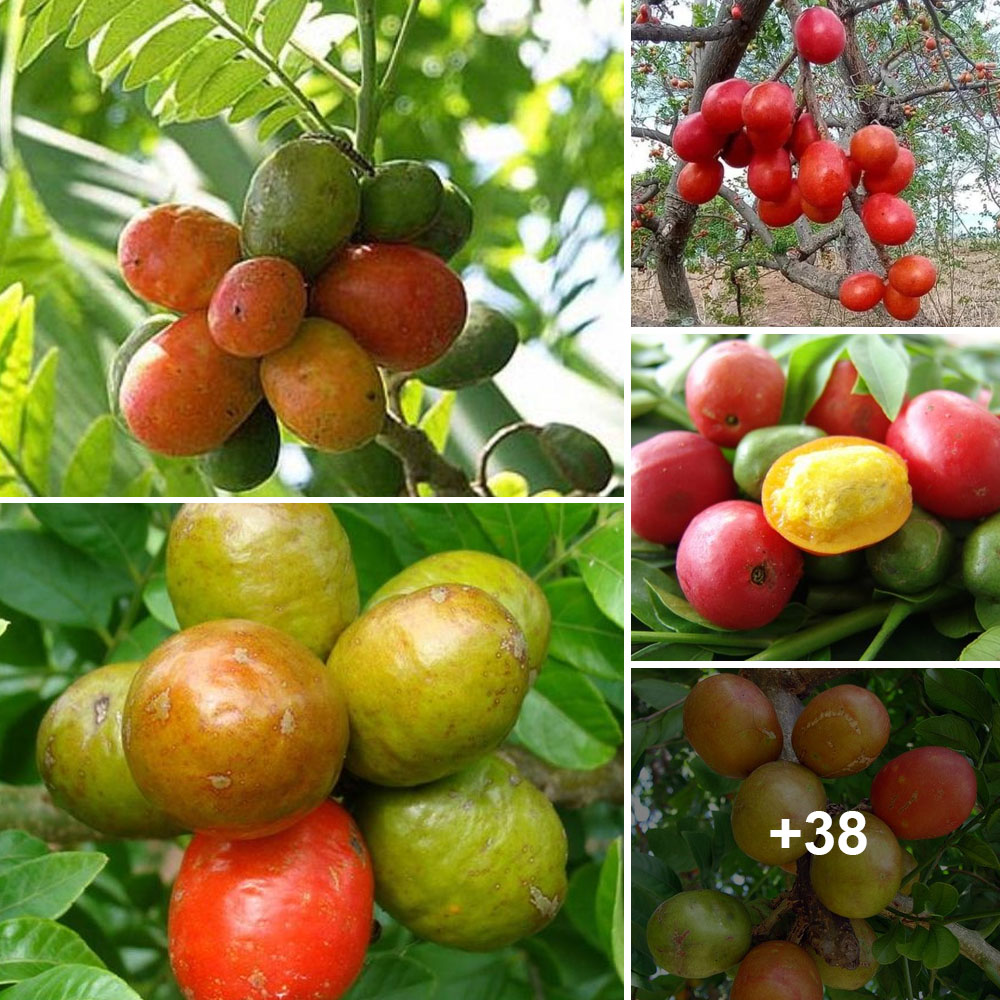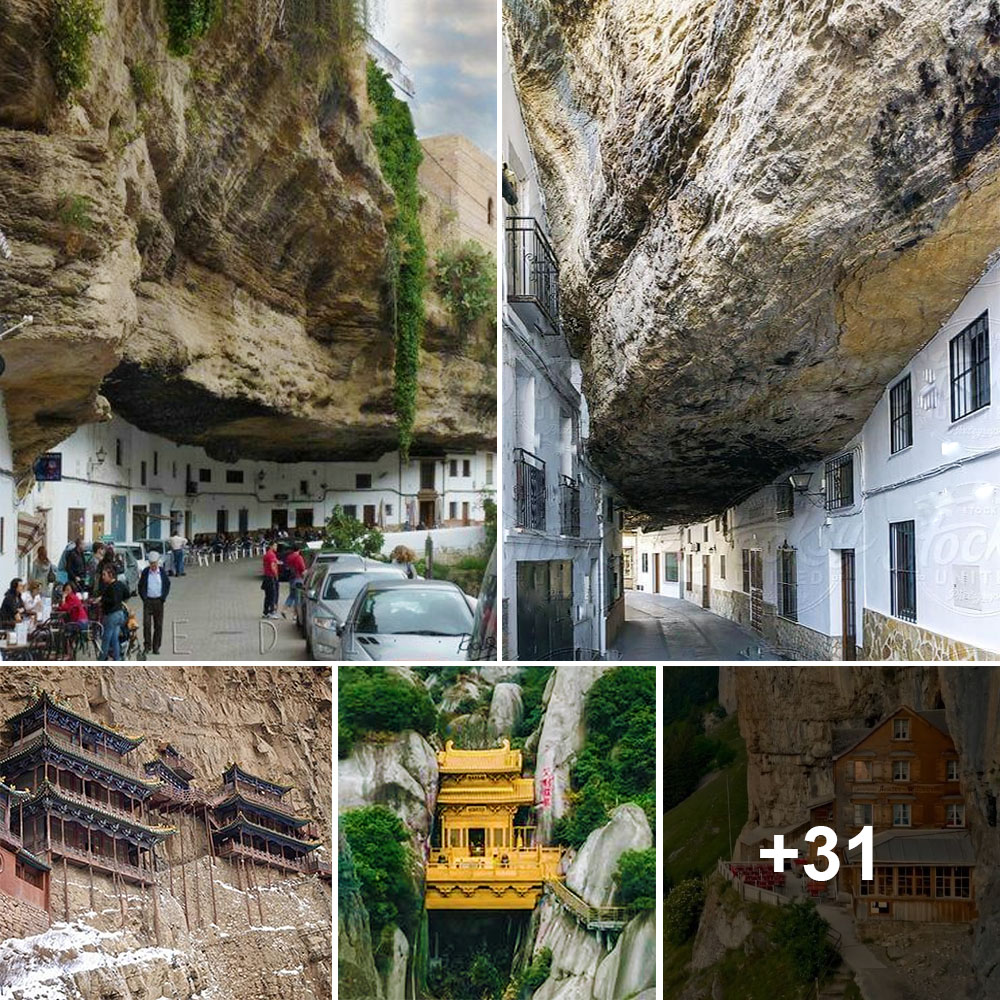Amid green hilly pastures dotted with grazing sheep and a cemetery with graves dating back to the 13th Century, the ruins of St Nicholas Church tower over the family home of Maeve and Joe O’Connell. Among those resting eternally here are early inhabitants of the estate, parishioners of the church and – according to local legend – St Nicholas of Myra. Yes, the St Nick who inspired Santa Claus.
Today, the O’Connells are the owners and sole (living) human inhabitants of Jerpoint Park, a 120-acre deserted 12th-Century medieval town located 20km south of the town of Kilkenny, Ireland. Located along the crossing point of the River Nore and Little Arrigle River, the settlement (formerly called Newtown Jerpoint) is thought to have been founded by the Normans, who arrived in Ireland around 1160 CE. According to a conservation plan compiled by Ireland’s Heritage Council, the town flourished into the 15th Century, with archaeological evidence revealing homes, a marketplace, a tower, a bridge, streets, a mill, a water management system and nearby Jerpoint Abbey, which still stands today. But by the 17th Century, the town’s occupants were gone, likely from a combination of violent attacks and a plague.

According to local legend, St Nick is buried outside the former settlement of Newtown Jerpoint (Credit: Peter Unger/Getty Images)
How the rumoured resting place of St Nicholas ended up on an ghost town-turned-private farm is something of a mystery. But some – the O’Connells included – believe local lore can shed some light on the remarkable claim.
“Legend has it that it’s always been here,” Maeve said as she led me around the property, accompanied by Tim, her family’s friendly chocolate Labrador. She looked in the direction of an ornate stone effigy in the church graveyard. Depicted on the flat gravestone was the figure of a man standing with his hands together at the thumbs, palms facing outward, referencing the interred person’s charitable nature. “He’s giving,” she said.
The symbolism, of course, needs little explanation for anyone who grew up receiving gifts from Santa Claus, Kris Kringle, Father Christmas and St Nick’s many other monikers. Although Santa Claus is alive and well in the hearts of those who believe, the person who inspired those legendary figures was the mortal man, St Nicholas of Myra.
Before he became a saint, Nicholas was an orphaned boy born in the ancient Roman city of Patara who gave his inheritance to the “needy, the sick and the poor”, according to Vatican News. He became Bishop of Myra, which is now part of modern-day Turkey; attended the Council of Nicaea in 325 that declared Jesus the son of God; died in Myra on 6 December 343 and was buried in Myra. Yet, the exact location of St Nicholas’ body today continues to puzzle scholars.

The legend of Santa Claus is based on St Nicholas of Myra (Credit: Peter Horree/Alamy)
Some believe his tomb is intact below the floor of St Nicholas Church in Antalya, Turkey. Others claim his body was stolen and relocated to Bari, Italy, where it rests in a crypt under the Basilica di San Nicola. Further still, many hold that relics from St Nick’s body were snatched, and then sold, traded or gifted to people and churches around the world.
Maeve leaned in, pointing to images of two male figures peeking over the shoulders of St Nicholas on the effigy. They represent the two crusader knights supposedly responsible for transporting St Nicholas’ body from his burial place in Turkey to Italy “for safekeeping”, she explained. During the course of their mission, legend has it that the knights took a relic from the saint with them to Ireland, where it wound up at St Nicholas Church in Newtown Jerpoint and was eventually buried in the churchyard cemetery.
As Tim loped through the cemetery grounds, Maeve recounted how she and Joe came to own Jerpoint Park 16 years ago. “It was an amazing day, to be honest with you,” she remembered. “We had bought the best example of an abandoned town, not just in Ireland, but in the British Isles.”
Jerpoint Park is currently a working farm and what Maeve called a “virgin site” that remains unexcavated. But some scholars point to one significant documented disruption of the property. “The site itself where the grave is now isn’t even the original location. It was moved in 1839,” said Nathan Mannion, head of exhibitions and programmes at EPIC, Ireland’s emigration museum. “So, where you see the headstone in Newtown Jerpoint now isn’t the original location.”

An effigy depicting two knights guarding St Nick sits in the Jerpoint cemetery (Credit: SJ Velasquez)
Mannion, himself from County Kilkenny, recalls growing up with rumours of St Nick’s tomb at Jerpoint Park, which ignited his curiosity and a hunger for facts. “I’ve always been interested in history, of course,” he said, “and it’s led me to where I am.” Regarding the Jerpoint Park tomb’s contents, Mannion admits that without any physical evidence, “saying anything with any degree of certainty about this story is unlikely”. While some believe a relic of St Nicholas is buried there, he said that others think the grave is mismarked, and it actually contains the remains of a local priest. “You would think that when it was moved in 1839, they may have taken that opportunity to see what was exactly inside,” he wondered aloud.
Maeve said there are no plans to dig up the tomb, and she believes there is a relic of the saint buried on that plot. “The fact that there is an effigy – a lot of work has gone into presenting a relic, so obviously people cared enough to mark this site,” she said. “You wouldn’t just put a massive carved effigy to nothing. You know, like there’s got to be something.”
Mannion admits no one can really know what’s buried below the stone effigy without unearthing the tomb. He noted that the holy relic trade has been a problematic market for as long as people and artefacts have been deemed sacred. Body parts of saints find their way all around the world, but the only way to confirm their authenticity is by comparing DNA samples to other confirmed relics.
“So, I don’t know if I’ll be able to conclusively prove if Santa is real or not in Ireland. And I wouldn’t want to,” Mannion conceded.

The O’Connells believe part of St Nick is buried on their land (Credit: Carol Di Rienzo Cornwell/Alamy)
Maeve, channelling the Christmas spirit, chooses to believe. And so do many of the approximate 10,000 tourists who visit the tomb of St Nicholas at Jerpoint Park annually.
Even so, Jerpoint Park certainly isn’t a big Christmas destination – it’s technically not open to the public at that time of year – but Maeve said visitors are welcome to contact Jerpoint Park directly to book private tours upon availability. For the most part, Decembers are quiet at Jerpoint Park. Maeve said she, Joe and their two children celebrate the saint with a quiet family gathering on the feast day of St Nicholas, 6 December, complete with “delicious” St Nicholas spice biscuits. At Christmas, they gather with loved ones and enjoy time together as a family.
“I love Christmas,” Maeve said. “It’s so magical, isn’t it?”





